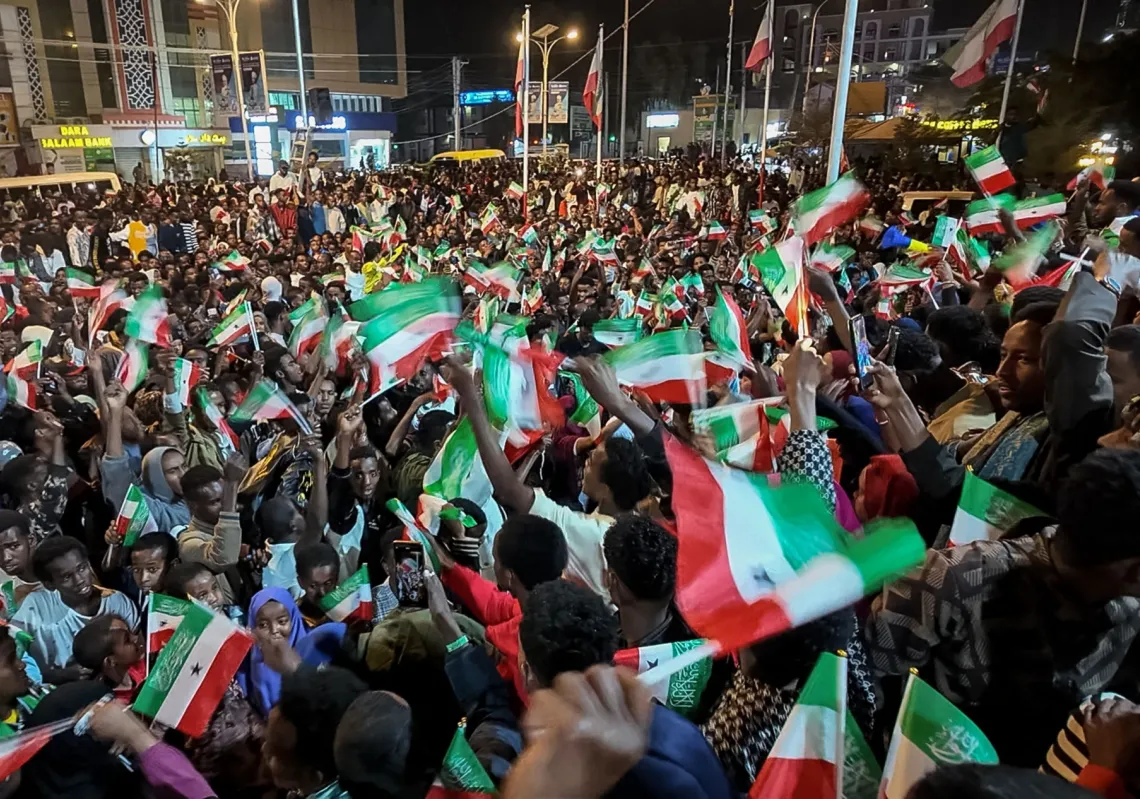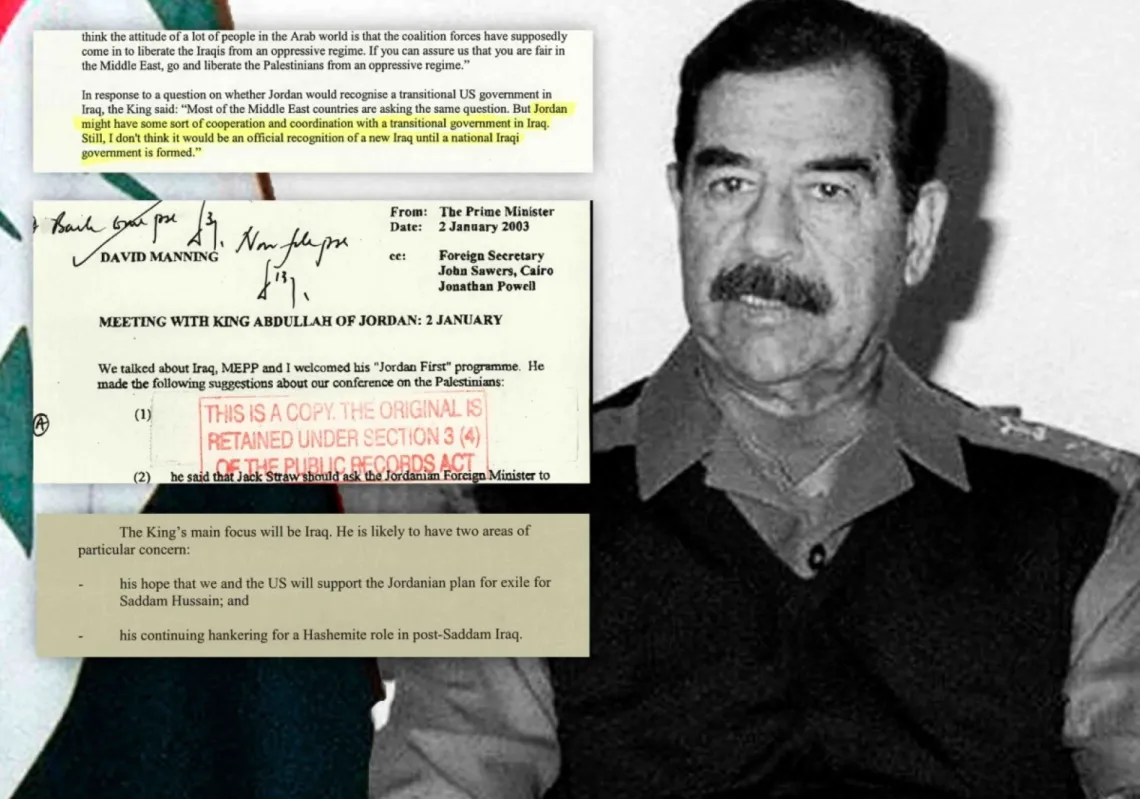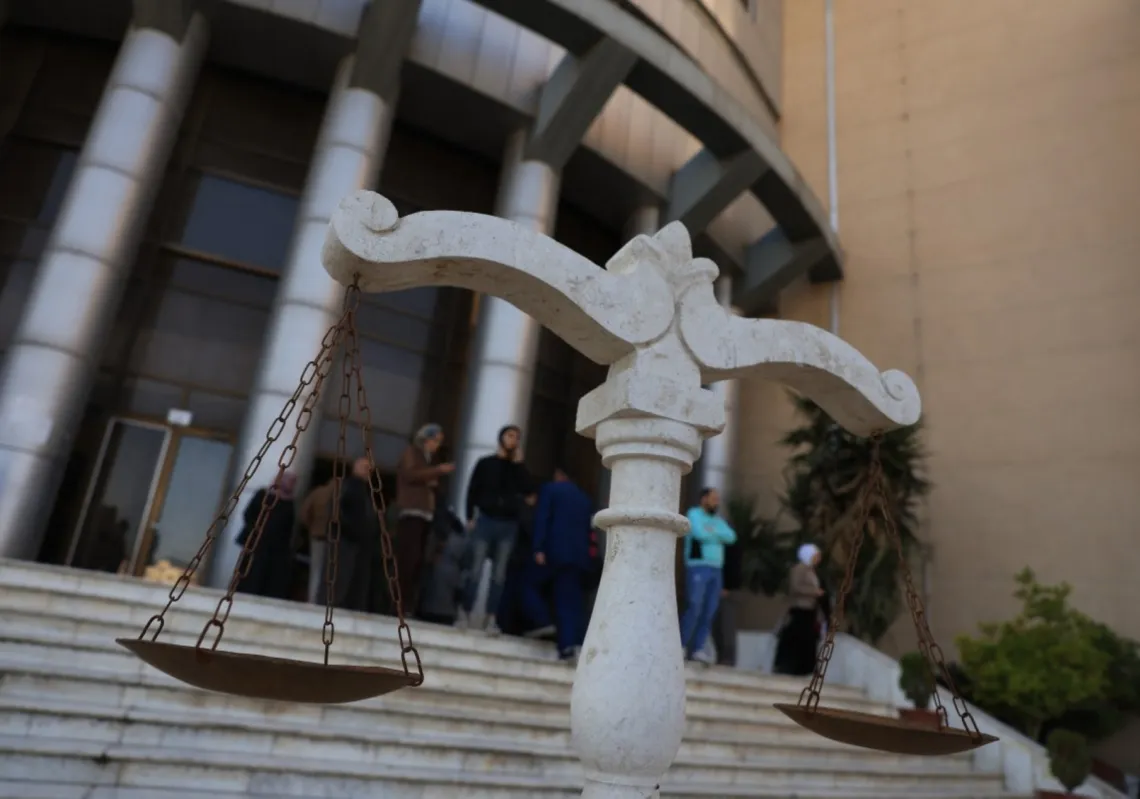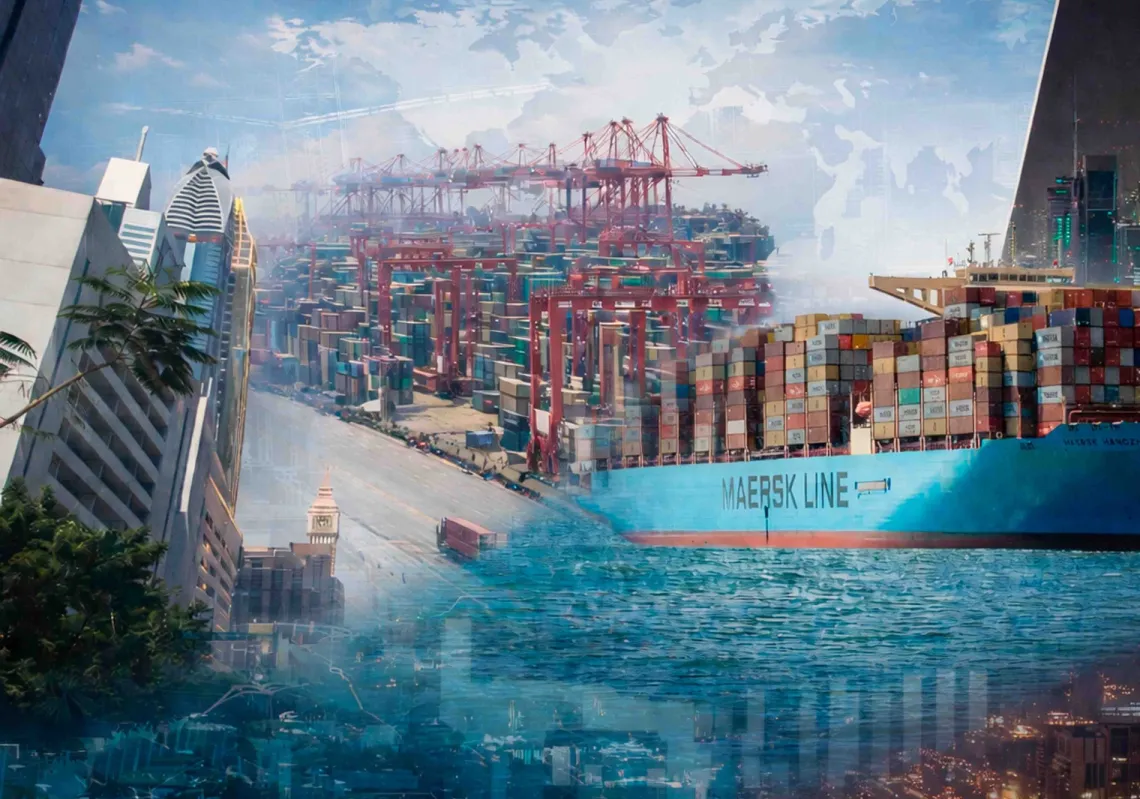The recent Houthi attacks on commercial shipping in the Red Sea have highlighted the critical importance of US Naval force presence in the Middle East.
When the decades' long commitment of US ground troops to Afghanistan ended with the debacle of a withdrawal in 2021, the headquarters of the US Navy's Fifth Fleet in Bahrain once again became the anchor to US regional presence and the core protector of national interests in the region.
However, a sharp drop in deployed US Naval combatants in the Middle East reinforced to Arab partners and Iran, along with China and Russia, a clear new message — the US was leaving the Middle East to pivot to Asia and the Pacific.
History does not repeat itself, but it rhymes a lot.
On Valentine’s Day, 1945, aboard the USS Quincy in the Suez Canal, then President Franklin D. Roosevelt met with Saudi King Abdul Aziz Ibn Saud.
Interestingly, their meeting focused on a disagreement over the future of Palestine.
Read more: 79 years ago, FDR made a promise to King Abdulaziz on Palestine
In the end, they forged a long-lasting relationship based on a US security guarantee for the Kingdom in return for access to energy.
Years later, after the UK retreated from the Middle East, the US Navy established its 5th Fleet Headquarters in Bahrain. Today, the US Admiral at the helm of the 5th Fleet also leads the world's largest naval coalition, the 44-nation Combined Maritime Force (CMF).
This coalition of the willing utilises six separate multi-nation maritime task forces, or operations focused on missions including protecting commercial ships from Houthi missile and drone attacks, counter-piracy, and maintaining the free flow of commerce from the Arabian Gulf to the Red Sea.
Of course, with the war in Gaza, the threats from IS in Syria and Iraq, near-constant Iranian militia attacks on US forces in the region, and the Houthi attacks on commercial shipping, the issues today are much more complex than the "oil for security" strategy that FDR negotiated with the Saudi King on the USS Quincy.

Nonetheless, maintaining the free flow of energy to the global economy has remained the overarching objective of US foreign policy in the region for almost half a century, and the US Navy has been one of the primary instruments of that policy in both peace and war.
President Biden's 2022 National Security Strategy lays out this core US interest clearly.
"The United States will not allow foreign or regional powers to jeopardise freedom of navigation through the Middle East’s waterways, including the Strait of Hormuz and the Bab al Mandab, nor tolerate efforts by any country to dominate another—or the region—through military buildups, incursions, or threats."
" We will continue to work with allies and partners to enhance their capabilities to deter and counter Iran’s destabilizing activities."
Read more: Biden’s security strategy reflects waning US interest in the Middle East
Minimal US naval presence after Afghanistan signalled that the US could leave the region. Soon after the withdrawal of ground troops in Afghanistan came a marked reduction in the 5th Fleet's Naval combat power.
Gone were routine deployments of US Carrier Strike Groups and Amphibious Readiness Groups, and instead, there were limited deployments of independent US surface combatants.
This left the 5th Fleet with only one or sometimes two destroyers, along with the small contingent of forward-deployed forces based in Bahrain.
Those forces comprised an Afloat Staging Base, four Mine Countermeasure ships, and several small Navy Coastal and Coast Guard patrol craft.
In 2021, Admiral Brad Cooper, the 5th Fleet Commander, took the brilliant, innovative approach to stand-up Task Force 59 (TF 59).
TF 59 revolutionised the use of autonomous unmanned surface vessels to fill the Intelligence and Warning (I&W) gap that would normally come from a more robust deployment of surface combatants and aircraft.












